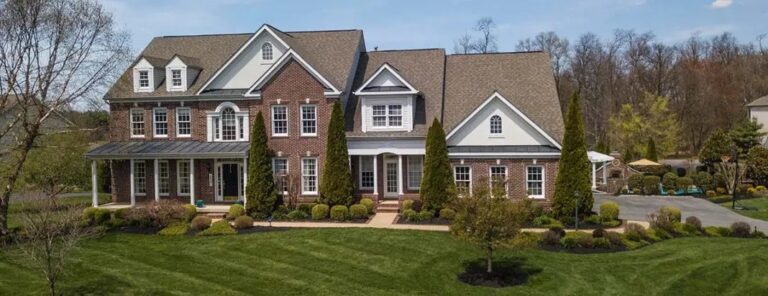Subprime mortgages are a type of loan that is only available to those with low credit scores. A prime mortgage requires a high credit rating. A lender may deny a conventional prime mortgage if they believe the borrower is at risk of defaulting. Subprime loans are often issued at higher interest rates to cover expected default risks. Subprime mortgages tend to be adjustable-rate mortgages. This means that interest rates can increase exponentially at certain times.
What are subprime mortgages?
Subprime mortgages were a clever lending program that allowed people with poor credit scores to get home loans. Subprime or nonprime loans are for borrowers with insufficient credit ratings to qualify for conventional loans. These mortgages are often associated with higher rates of interest and stricter repayment terms. In some cases, lenders offered mortgage brokers incentives to provide subprime ARM rating that resulted in compliantly (nonsubprime loans).
What is the minimum score for subprime mortgages?
Subprime mortgages, or home loans, are designed to be affordable for high-risk, or subprime, borrowers. These loans are designed for borrowers who have a good credit rating and credit history, which indicates a high likelihood of not repaying their loan. Subprime mortgages are typically for borrowers with a credit rating below 600. This prevents them from being eligible for a traditional loan.
Why Subprime Mortgages?
Subprime is often misunderstood to refer to the interest rate of a mortgage. In reality, the term refers to a borrower’s credit history and credit score. Subprime mortgages are more expensive and have higher closing costs for borrowers who have a lower credit rating. (640-600 depending on the lender). Subprime mortgages have a higher interest rate to compensate lenders for the increased risk they take when a borrower defaults.
Understanding Subprime Mortgages
Subprime, as we have mentioned earlier, can be confusing if used to contrast with prime, which is the interest rate of a loan for the borrower. Subprime may sound like a lower rate of interest, but in reality it means lower quality. This refers to the creditworthiness and not the borrower. Subprime mortgages are still important, even though it’s clear that nonprime loans have distorted credit classification since 2007-2008.
Rating Factors
Subprime is the term used to describe the credit score given to the borrower who will be taking out the mortgage. Borrowers with a FICO score of less than 640 are considered credit-risky and only eligible for subprime mortgages and high interest rates. It is in the best interest of those who fall into this category to improve their credit scores before applying for prime mortgages. Subprime mortgage interest rates are determined by several factors, including the amount of down payment, credit score, number and type of late payments in a borrower’s report, as well as their credit rating.
Subprime mortgages come in many different types
Takeaways: Banks offer subprime mortgages for high-risk borrowers to reduce the risk of higher rates and additional costs. Subprime and nonprime mortgages are the terms used to describe home loans for high-risk borrowers. There are also three different types of subprime loans, which will be discussed in the following paragraphs.
Mortgages with adjustable-rate mortgages
Variable-rate mortgages (ARMS) are home loans that start with a low interest rate fixed for three to 10 years, and then adjust the interest rate regularly. ARMS mortgages can be adjusted over the course of the loan, depending on what was agreed upon at the time. Variable mortgages (ARMs) have an interest rate which changes throughout the term of the loan.
The initial interest rate for ARMs is called the tease. After a certain period of time, usually a year or so, the interest rate will be a floating rate based on the published interest rates by central banks. These interest rates fluctuate a lot, increasing the pressure on household finances and causing an unpredictability.
Two of the main benefits of an ARM are the low rates and flexible terms offered to borrowers. A ARM can be a smart financial decision for homeowners who are planning to hold the loan for only a short time and can handle the possibility of an increase in interest rates. A homebuyer who plans to pay off the loan within a certain time frame is making a smart financial choice.












+ There are no comments
Add yours